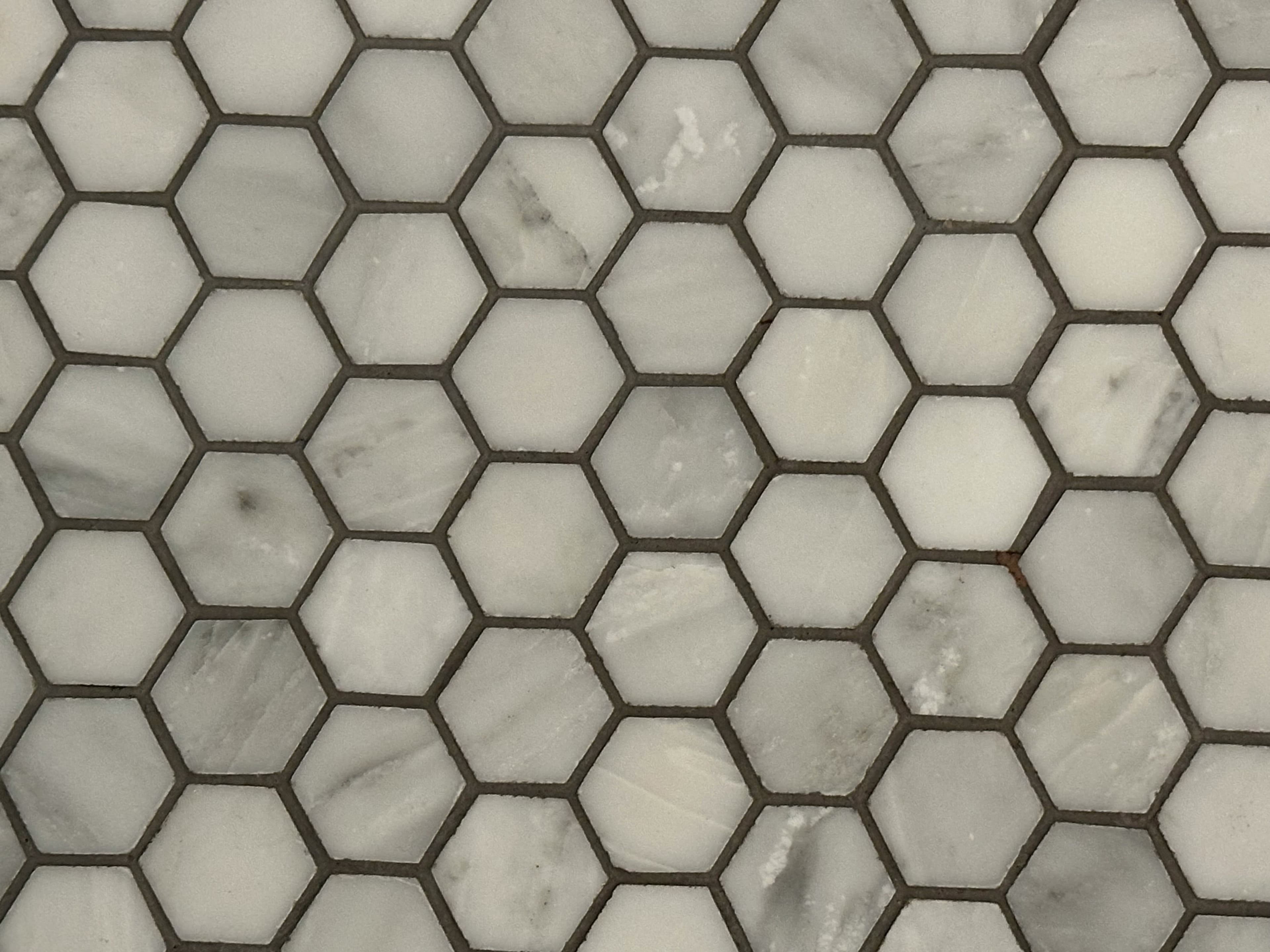Sanded vs Non-sanded Grout

Which one is right for your project?
Grout is a crucial component of any tile installation project, as it not only fills the gaps between tiles but also provides stability and durability. When it comes to choosing grout for your project, there are two main options to consider: sanded grout and nonsanded grout. Both have unique advantages and disadvantages, and choosing the right one depends on various factors, such as the tile size, spacing, and installation location.
Sanded Grout
Sanded grout is a cement-based grout that contains fine sand particles, typically ranging in size from 1/8 inch to 1/4 inch. It is recommended for tile installations where the grout lines are larger than 1/8 inch, such as floor tiles, outdoor tiles, or shower walls. The sand particles provide additional support to the grout, making it stronger and more resistant to cracking or shrinking. Moreover, sanded grout is available in a wide range of colors, making it easy to match with any tile color or pattern.
Advantages of sanded grout
Disadvantages of sanded grout
Non-Sanded Grout
Nonsanded grout, also known as unsanded grout, is a cement-based grout that does not contain sand particles. It is recommended for tile installations where the grout lines are less than 1/8 inch, such as backsplashes, bathroom walls, and mosaics. Nonsanded grout is easier to apply and clean than sanded grout, as it does not contain abrasive particles that can scratch delicate surfaces.
Advantages of nonsanded grout
Disadvantages of nonsanded grout
Conclusion
The choice between sanded and nonsanded grout depends on the specific needs of your tile installation project. If you are installing large floor tiles or working in a wet area, sanded grout is likely the better option due to its strength and durability. However, if you are working with delicate or polished tiles or have smaller grout lines, nonsanded grout is the way to go for a smooth and consistent finish. Regardless of which grout you choose, proper installation and maintenance are crucial to ensure a long-lasting and beautiful tile installation.
Luis Martinez